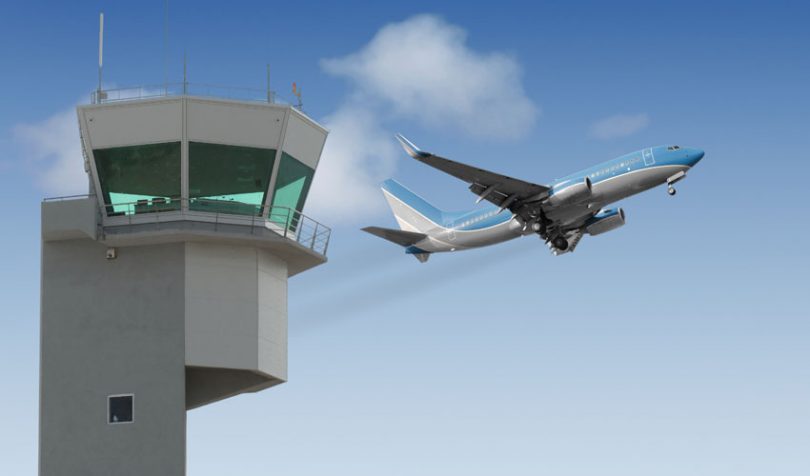Earlier this week NASA published a paper that outlines a blockchain prototype for transmitting air traffic location data.
There’s a new flight location system coming into play in 2020 called Automatic Dependent Surveillance-Broadcast (ADS-B) which involves every aircraft broadcasting its location data in the clear. It’s meant to replace secondary surveillance radar which is used by Air Traffic Control. Additionally, the new ADS-B signal will be received by nearby aircraft to ensure other planes don’t get too close.
However, some military and corporate aircraft wish to maintain the privacy enabled by the current radar system, and the new system does not address this. Plus it’s been demonstrated that ADS-B is vulnerable to spoofing and denial of service attacks.
NASA’s blockchain suggestion
NASA is suggesting that Hyperledger Fabric could be used to ensure privacy. A feature of Hyperledger Fabric is channels which are like mini private blockchains. Each airline could have a channel which limits access to the aircraft data to Air Traffic Control, the airline, and the airline’s ground support staff. For each channel, there’s a choice to encrypt the data. Likewise, private planes could have their own channel as could military aircraft.
In all cases, Air Traffic Control would have access to the data and hence could aggregate data from all channels to get a complete picture. This would address the privacy concerns of the military and corporate aircraft. Blockchain and Hyperledger Fabric channels may be a novel solution to the problem, but is it the most elegant?
While NASA did not address it in the prototype, it suggested that signing data could help to prevent spoofing. Again this could be done within Fabric.
The paper also acknowledged that the blockchain solution only addresses the privacy issue and access for Air Traffic Control. The other function of the data is for closeby aircraft to be aware of each other. The paper said the feature was not completed and concluded: “This is a non-trivial problem and should be designed, coded, demonstrated, and evaluated before this scheme may be judged sufficient for operational use.”
Other aerospace applications
While the NASA paper is just at the prototype stage, there are blockchain projects addressing location spoofing because GPS is not as reliable as many people might believe. When it comes to aircraft location, spoofing is risky business. In 2016 Boeing applied for a patent for an ‘On-board backup and anti-spoofing GPS system’. One way to get around spoofing is to use blockchain for decentralized proof of location.
Another application of blockchain in the aerospace sector is for drone traffic management systems. In November Boeing and SparkCognition said they’re creating a new company called SkyGrid that will develop software for “aerial urban mobility” for autonomous cargo and passenger air vehicles.
But by far the most common blockchain application is in the aircraft parts supply chain. Accenture conducted research that showed by 2021 86 percent of aerospace or defense will adopt blockchain. In July 2018 Thales and Accenture demonstrated a track and trace prototype. The US Navy announced a similar project in September. And earlier this week Honeywell launched an e-commerce platform for parts called GoDirect Trade which uses blockchain for product images and quality documentation.







